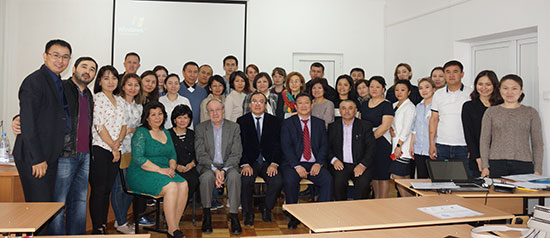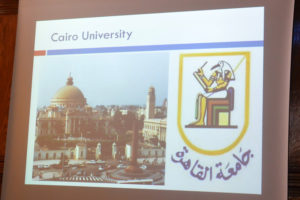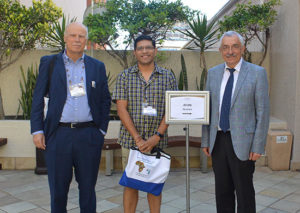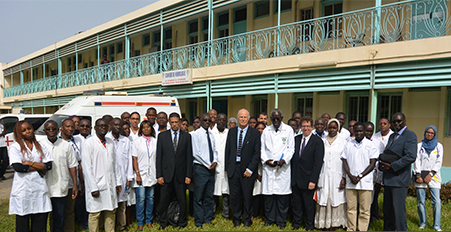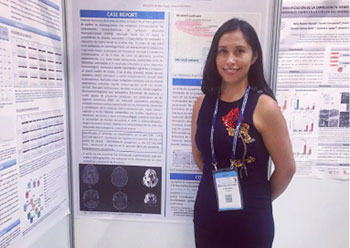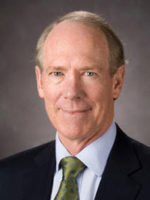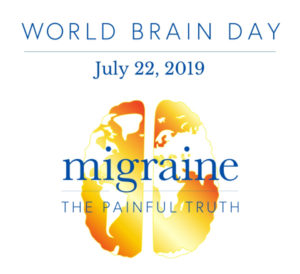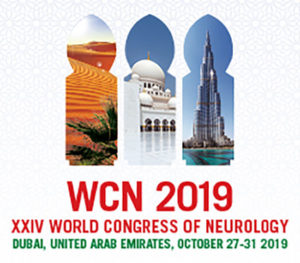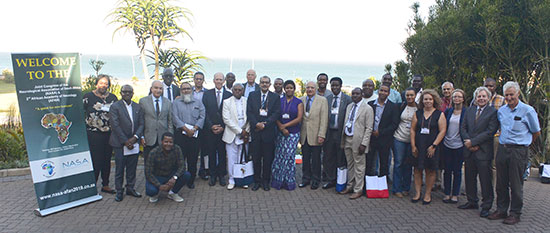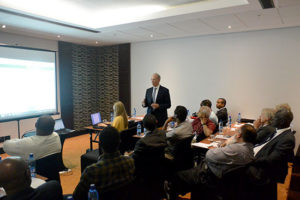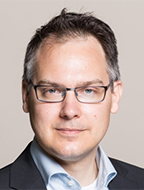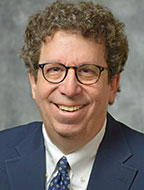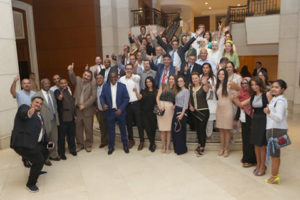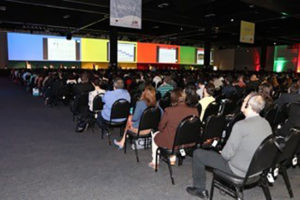By Dr. Solomie Ayalew Tegegne
My visit to the Santa Chiara Hospital in Trento was interesting and educational. I stayed in the stroke unit for one week. During this time, I was able to observe and appreciate the organization and coordination needed to take care of stroke patients.

From the moment the patient arrives in the emergency department, it takes a highly trained team of paramedics, nurses, radiologists, neurologists, and physical therapists working together to achieve the best possible outcome for the patient.
I was able to see the effects of IV thrombolysis and endovascular surgery in preventing disability. In my home country of Ethiopia where stroke treatment and neurology as a whole is in its infancy, seeing patients benefit from stroke treatment inspires me to do more to improve the care I give to patients. My stay in the stroke unit also taught me rapid evaluation of patients to determine eligibility for IV thrombolysis.
I was fortunate enough to be able to spend time in the outpatient clinics for general neurology, epilepsy, multiple sclerosis, and movement disorders. I saw cases which we rarely see or diagnose in my country. The last week of my visit, I spent in the outpatient electrophysiology laboratory. This was most informative for me because EEG and NCS/EMG is not readily available for use in our setup.
The number of women neurologists in the hospital impressed me. I was able to make many good friends and learn a lot from these women.
In conclusion, my visit to Santa Chiara hospital benefited me not only in terms of improving my clinical knowledge and experience but gave me added energy and inspiration to improve the care we give to patients. I now understand that teamwork is important in stroke treatment and indeed in the treatment all neurologic diseases. My experience in Trento will help in planning and operating stroke units and other neurologic services in my hospital. •
Dr. Solomie Ayalew Tegegne is assistant professor of neurology at Addis Abeba University Department of Neurology.
